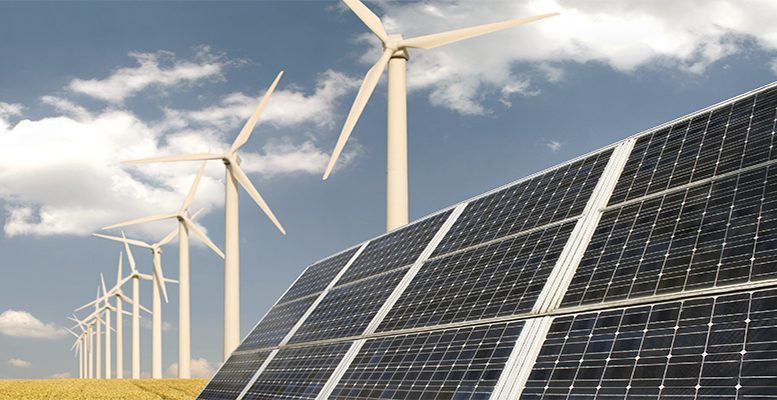The Spanish government has agreed that the cost of subsidies for renewables from now on will be assumed by the energy firms, no matter if they are oil, electric or gas companies. This is instead of consumers assuming that cost through the electricity bill they pay every month. The total amount stands at 7 billion euros/year and it represents approximately 16% of the domestic power supply bill. The transfer would be done gradually over 5 years. The first year 20%, the second 40% and so on up to 100% in the fifth year.
To this end, the government will create the National Fund for the Sustainability of the Electricity System (FNSSE in its Spanish acronym). This will cover the costs linked to the specific remuneration scheme for renewables, cogeneration and waste. The Fund will be financed by contributions from operators in the energy sectors: electricity, natural gas and oil product wholesale operators, liquid petroleum gas wholesale operators and direct consumers of the above products.
Industry sources indicate that the number of companies affected could be between 500 and 1,100. Firms should contribute to the fund according to their sales and would be able to pass on the new cost to their customers.
According to Bankinter’s analysts, the final impact on the sector companies “would not be very relevant”:
“It would be gradual and distributed amongst many companies. However, they think it is very likely that the companies will transfer the new cost they will bear to final energy prices, whether it is in the form of electricity, gas or car fuel.”
The sales volumes in the various energy industries suggest the sector which should contribute most to this fund would be the oil industry, with 43% (some 3 billion euros); followed by the electricity industry, with 31% (just over 2 billion euros), and the gas industry, with 25% (some 1.7 billion euros).
With the creation of this fund, the Government is turning the current design of the energy system around. This was created in 2012 by the previous PP executive to contain the tariff deficit that existed at that time. It was framed within a context of high electricity prices and a generation ‘mix’ with a strong presence of fossil fuels and CO2 emissions technologies. The central role of energy efficiency, with increasingly lower prices due to the greater use of renewables (the cheapest form of energy production) as well as the removal of coal from the mix, generates less revenue and puts the economic and financial balance of the electricity system at risk.





